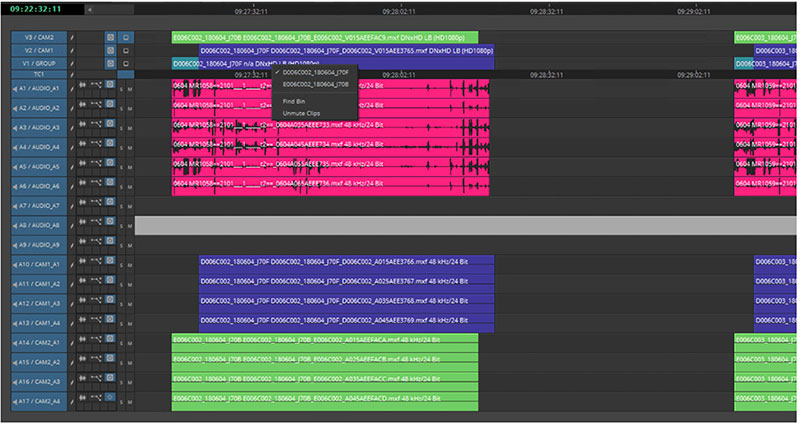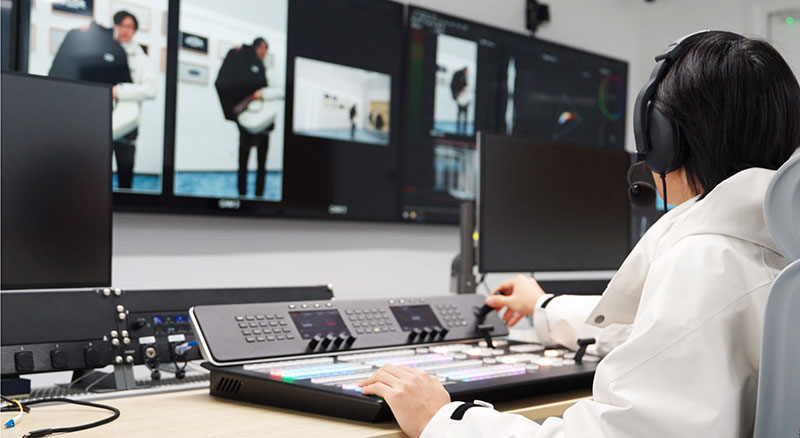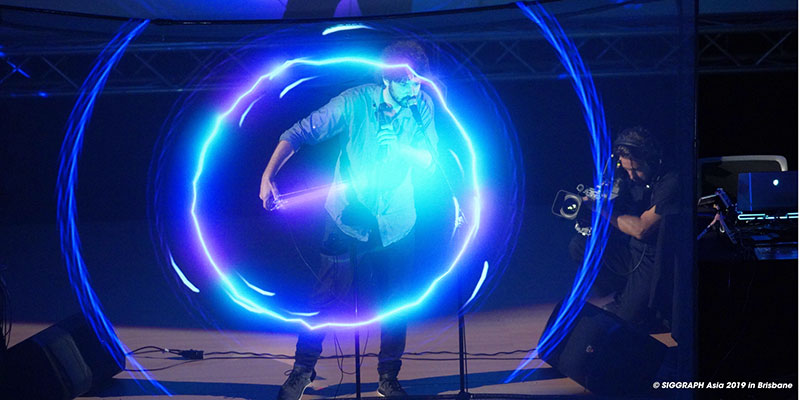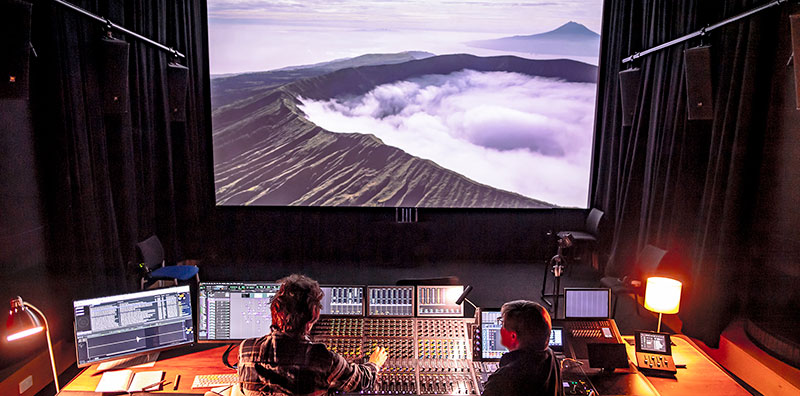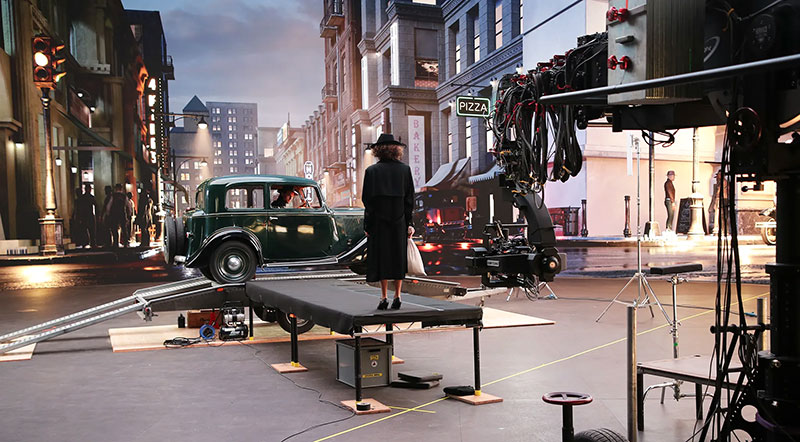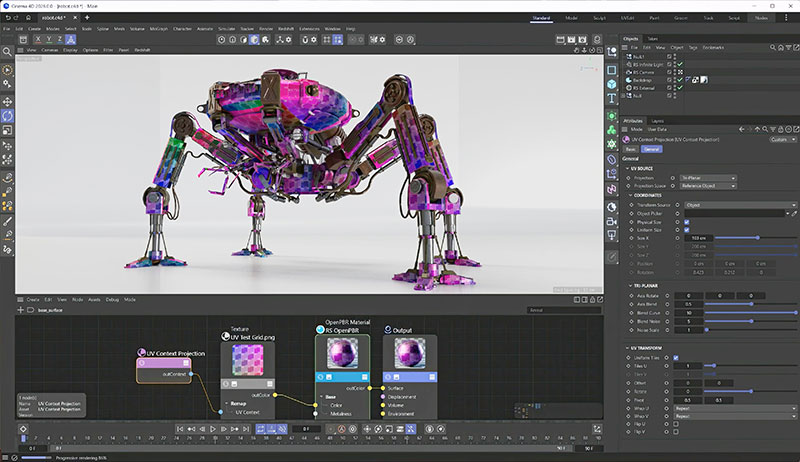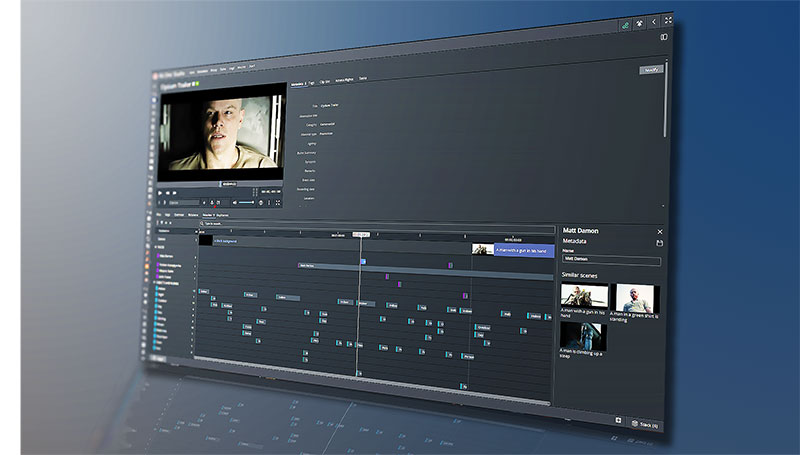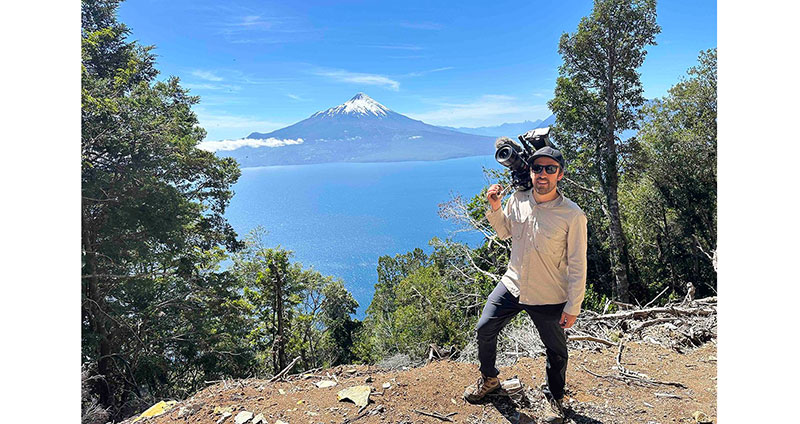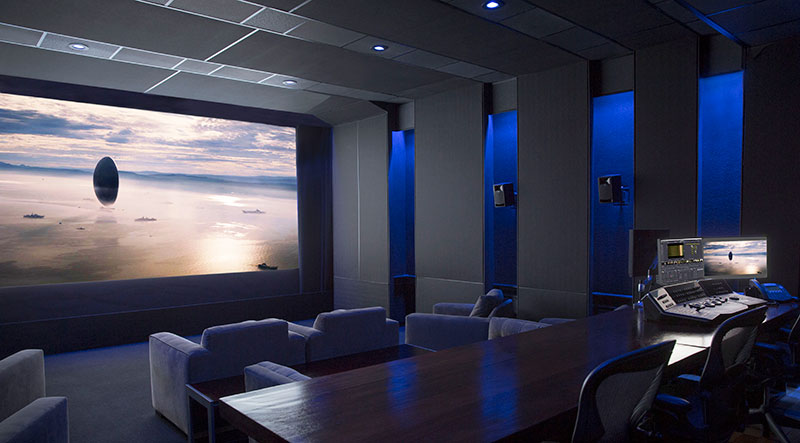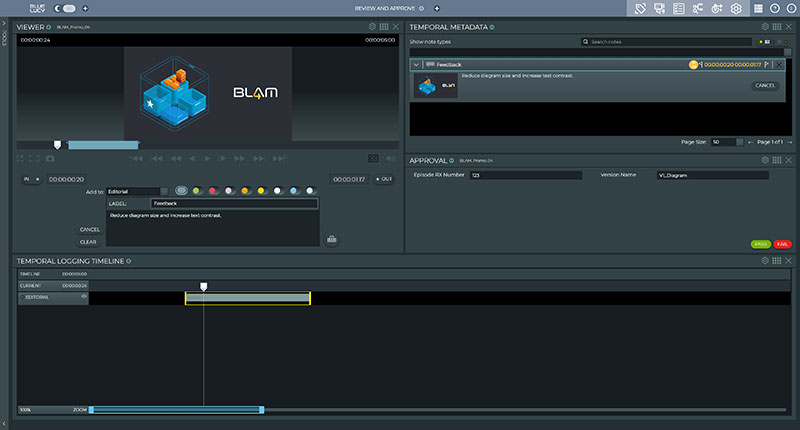Editor David Jancso talks about the mechanics of major film productions like 'The Brutalist', when volumes of large file transfers and global collaboration were crucial to the film’s success.

Post Office Films, a post-production and dailies company in Budapest, specialises in international film and television productions. Since its launch in 2009, the facility has grown into one of the largest dailies, grading and editorial companies in Hungary, serving as partner for major projects, including the recent award-winning historical drama The Brutalist.
The Post Office Films’ founder is editor David Jancso, who said that his original intention had been to form a post-production company that suits editors’ needs. “It started as a band of five editors. Today, we’re a hub for productions from America, Japan, Australia – wherever.”
Their international expertise led to opportunities to work on several highly regarded projects including Pieces of a Woman, The Monkey Man and now, most recently, The Brutalist. Because David is also the editor of these films, Post Office Films bring a creative vision to their projects, beyond service provision alone. The Brutalist has earned Golden Globe wins, and Oscar nominations for Best Picture and Best Film Editing.
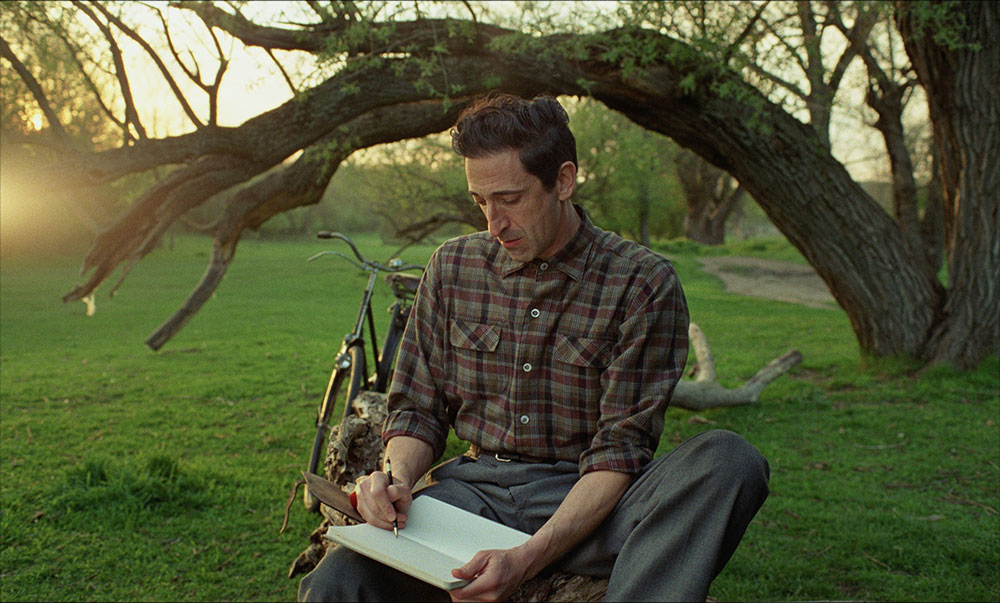
File Transfers and Collaboration
As their projects have increased in complexity over time, Post Office Films has faced mounting challenges when managing large file transfer volumes and collaborating with partners globally. For The Brutalist, the challenge included transferring over 15 TB of footage daily, managing over 700 TB of footage in total, and supporting remote editing between Budapest, New York, London and Sydney, all while meeting tight deadlines.
Post Office Films worked with Signiant Media Shuttle, a tool they have been using steadily for over ten years, to handle the requirements of The Brutalist. Using Signiant’s branded portals for submissions, sharing and sending, the project’s editorial, sound, music and VFX vendors were able to collaborate directly across continents. Media Shuttle’s ability to securely transfer very large files quickly and reliably helped the team keep to schedule despite their varying locations and bandwidths.
Post Office Films chooses to continue using Media Shuttle mainly because of the efficiency and control it gives them over transfers, and the level of security it adds to their workflows. But its flexibility also means they can support creative freedom, while its scalability allows the team to confidently handle quite complex, dispersed global projects. The Brutalist served as an example of how the facility uses Media Shuttle to meet the demands and time frame of a large-scale international production.
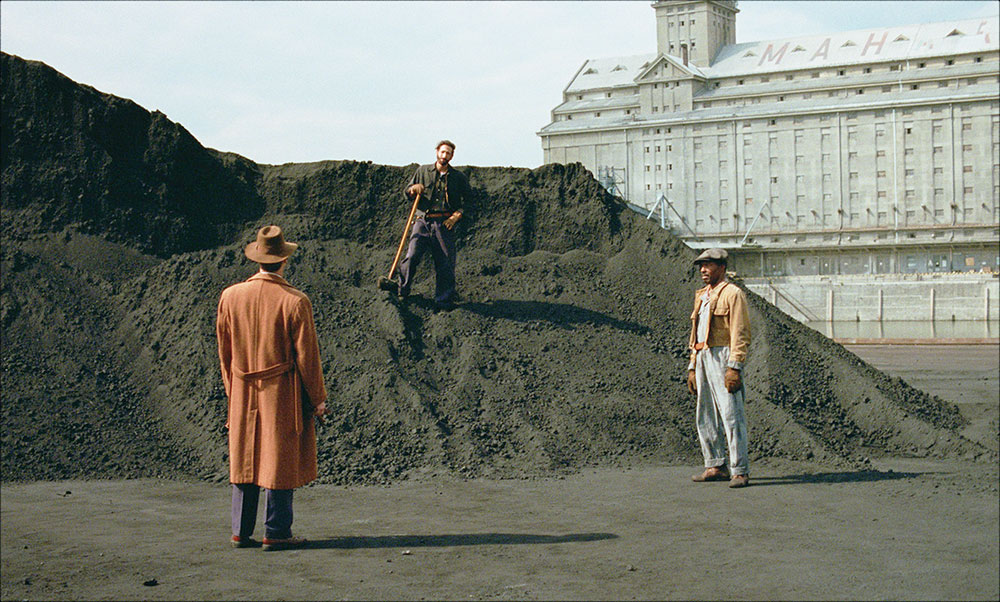
When Size Matters
David described The Brutalist as oversized from start to finish, from its three and a half hour runtime to the scale of the production. Shot on 35mm VistaVision film, the movie generated more than 10 million files. The VistaVision format is eight perf 35mm – the equivalent of 70mm – which was then scanned as 6K DPX files, resulting in the huge quantity of data.
As the project progressed and production became global, the editing media had to be moved efficiently. Working with Signiant ensured smooth transfers and prevented delays in the schedule. “We started editing in Budapest, then moved to New York and later to London before returning to Budapest. We had to upload the DPX files to the VFX vendors in London, but the physical material was in Budapest. Our sound team was also located all around the world in Adelaide, Sydney and London,” David said.
Robust file transfer to support continuous collaboration was crucial to prevent logistical challenges. More specifically, the production demanded precision, security and reliability, all of which are characteristics of the Signiant platform.
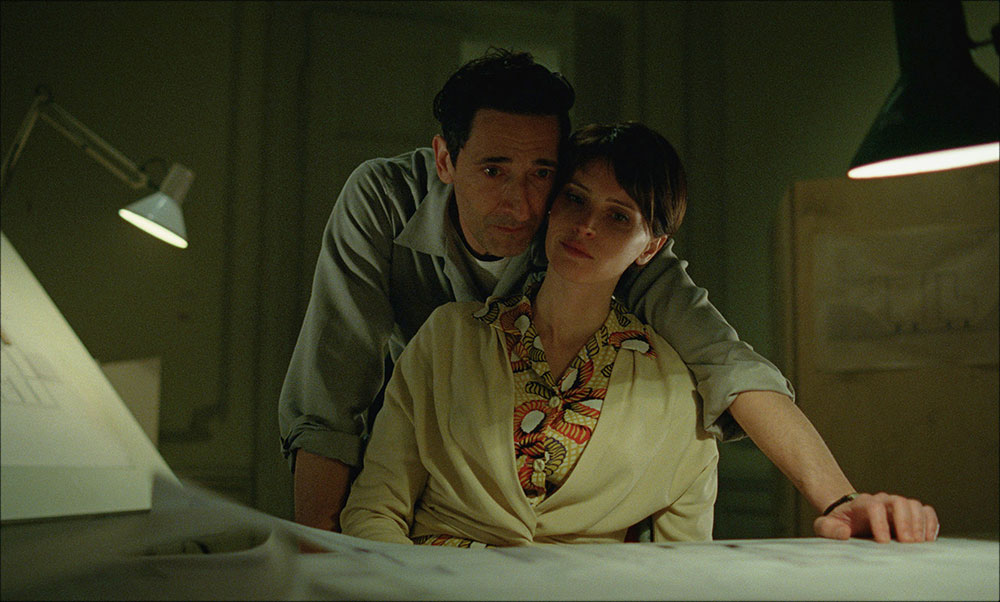
Optimising Bandwidth, Managing Latency
Because Post Office Films’ editors around the world need to download files into their own systems, they need a service that is straightforward to use. When the company launched in 2009, they used Aspera as their primary file transfer solution, but found it awkward to use and difficult to scale as their projects and global production footprint expanded. In 2013, they switched to Signiant Media Shuttle and have worked with it ever since.
Widely used in M&E applications, particularly in production, post and VFX, Media Shuttle uses proprietary file acceleration that is developed to overcome latency challenges and optimise bandwidth usage. For Post Office Films, Media Shuttle’s flexibility and speed have made it possible to match the fast pace at which they are expected to work.
For The Brutalist, Post Office Films deployed all three types of Media Shuttle portals – these are Submit, Share and Send. The simplest, Submit portals, facilitated one-way submissions from the film lab to the dailies lab. They ensured materials were delivered securely, without granting access to the destination’s contents.

Share portals acted as collection points for editors, who could gather editorial materials and distribute offline versions. Send portals enabled the direct transfer of materials to the London VFX team and audio teams in Australia.
International Versioning
Seeing the film’s premiere, screened at the Venice Film Festival, through to the finish line was a test of endurance, creativity and technical precision. “We had barely finished the edit and were still in the mix, pushing terabytes to be recorded onto film. Everything was last minute,” David said. Physical methods like FedEx shipments and LTO tapes often let them down, frequently arriving too late to meet critical deadlines. The advantages of an internet-based method like Signiant – reliability, security, control, visibility – made it possible to work efficiently without delays, and was easier on the client in a high-pressure environment.
Using Media Shuttle made Post Office Films’ initial workflows fairly simple to manage and enabled global teams to collaborate as necessary. But as the film approached completion, the demands of creating countless international versions escalated. With teams in Sydney, Los Angeles, and beyond, managing the global deliverables for The Brutalist meant round-the-clock coordination across time zones, needing constant access to large amounts of footage.
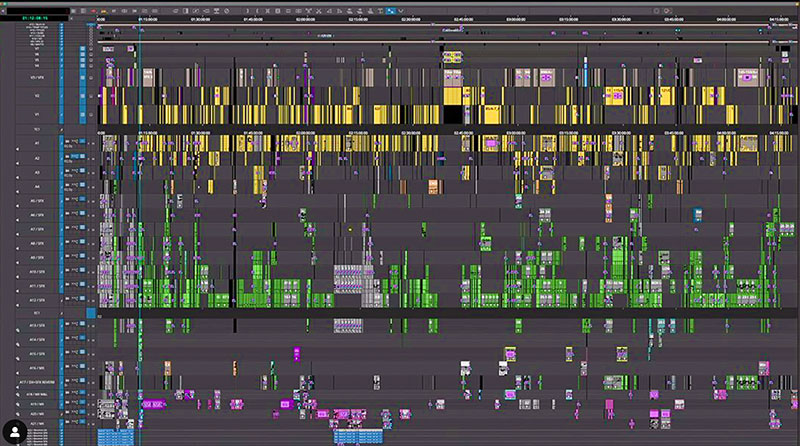
True global workflow complexity took over. “For The Brutalist, it was three times as crazy as normal,” David commented. “One lab was creating 35mm. Another was making 70mm, and of course, digital copies were also needed. Because of its international nature, DCPs constantly went back and forth for reviews.
“That was quite intense. We had to make versions for each distributor – A24, Focus Features and Elevation in Canada. There were SDR and HDR versions, and others for the different aspect ratios – 1.66:1 for the film and a different version for TV. I can’t even tell you how many versions there are.”
A Smaller World
Acting as the backbone of this global effort, Signiant made sure every file arrived, every version was completed and every deadline was met without compromise. But as daunting as these challenges were, they were a reminder of the vital role of technology in enabling ambitious storytelling. Reliable workflows have become essential for modern filmmaking on this scale, from managing immense amounts of data to enabling global collaboration.
“The world has gotten smaller, especially after COVID. A lot of work that had to be handled remotely at that time has become permanently remote,” said David. “We’re sending to Sydney, Tokyo, LA, New York, and that’s a constant thing now. Since that time, I have yet to work on a project that isn’t a product of at least two to three continents.”
Processing today’s production footage is no longer just about transferring dailies or proxies. With the help of Signiant, original camera negatives, high-resolution film scans, and countless other production elements are integrated into the global file transfer equation, ensuring teams can handle extremely complex workflows with relative ease and efficiency.
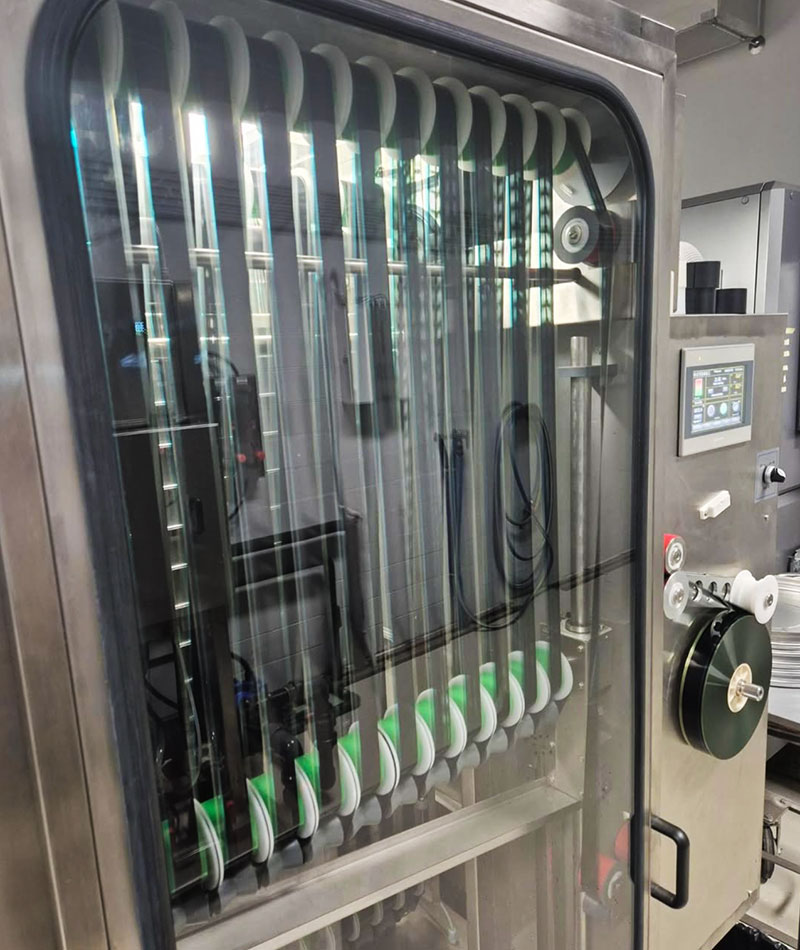
“For shoots and dailies creation, post, deliveries, it’s one of the most useful tools for us, especially in this globalized world,” David said.
Security and Speed
David outlined some features of Signiant that he regards as benefits for Post Office Films, the first of which is security. He said, “You can set a high level of security for your Media Shuttle Portals. You know exactly where the traffic is and can see what’s happening to it, which gives you full control over it.”
He considers that the speed of Media Shuttle is now the industry standard, and that most of the companies they work with also use it. Clients especially appreciate the Branded Portals. “It’s fun for the people involved in a project to have a branded portal, to get a feel of the project, even if it’s just transferring files,” he remarked. “The editors and post team love it, and because the portals look distinctive, everyone knows exactly what project they’re working on.”

Signiant is frequently used for rapid footage distribution in dailies or DIT workflows, to set up transitions of media directly from set to edit suites or other location. This ability reduces the need for re-shoots, maintains production schedules, and engages remote stakeholders.
Creative collaboration improves with faster media delivery and access anywhere, since it gives teams more time to spend on the edit, colour grading, VFX and sound design. Remote post-production artists can also use it to overcome location and network challenges.
Users can perform one-way media contributions themselves, uploading directly into centralized storage. From there, teams can automate processing via watch folders, and review and approve media directly from the storage location. This approach is more secure and avoids unnecessary file transfers. Low cost backups, stored on-premises or in the cloud, may also be automated. www.signiant.com



